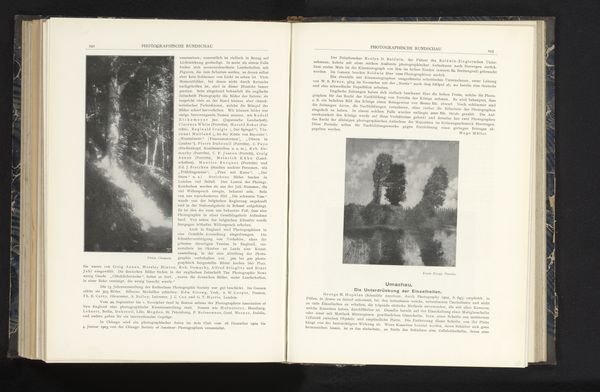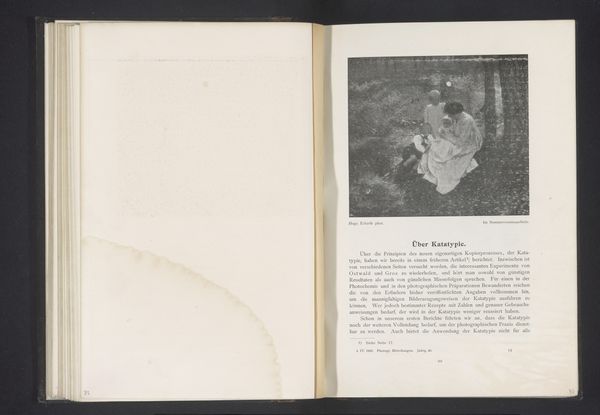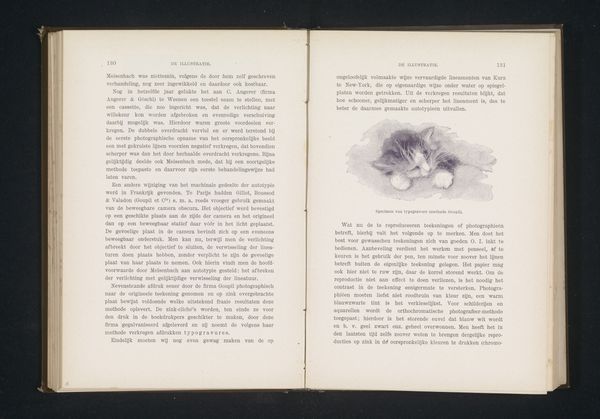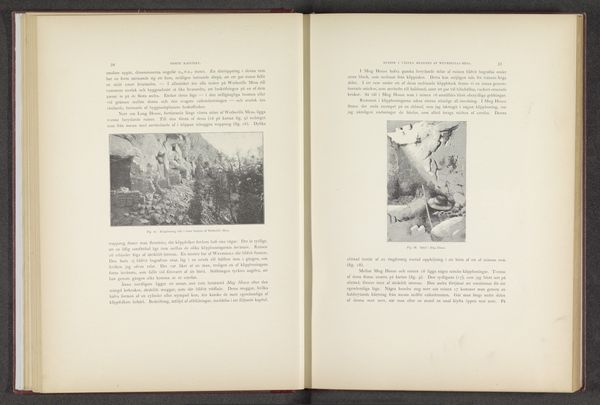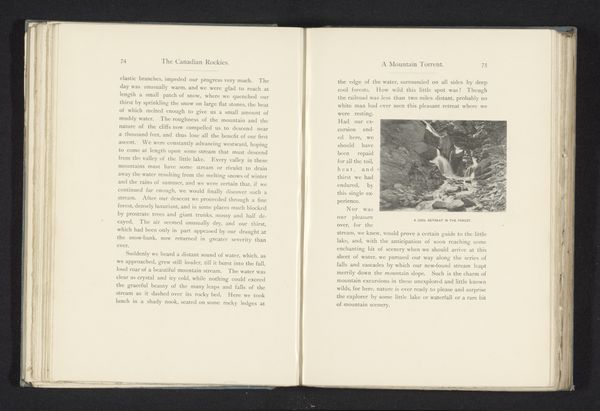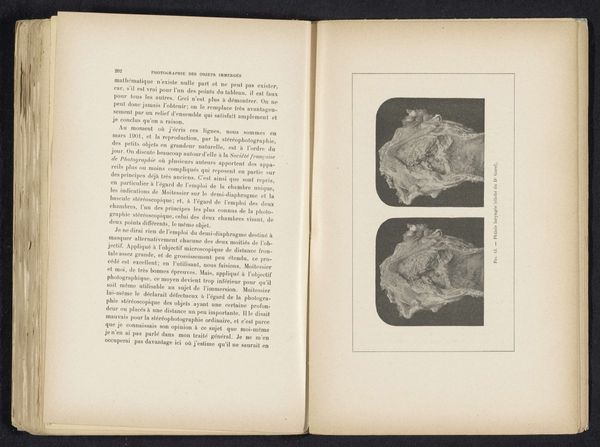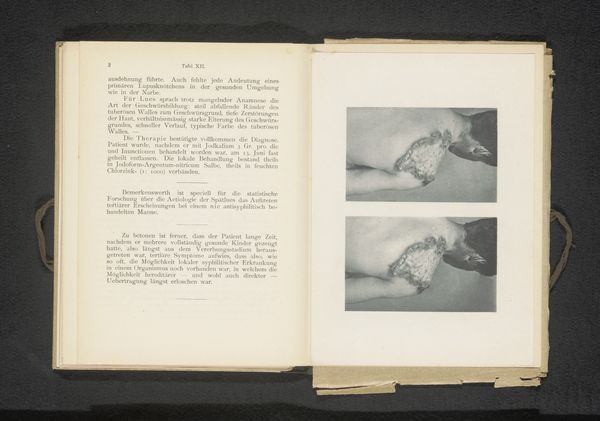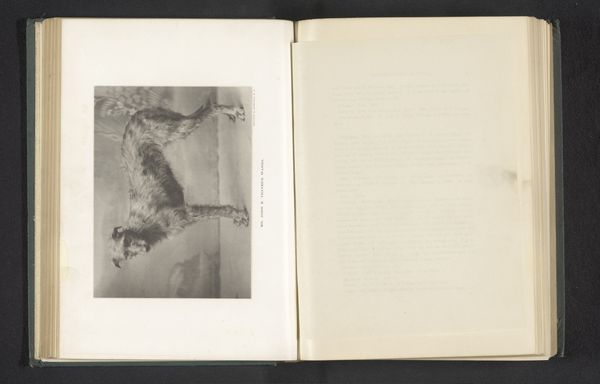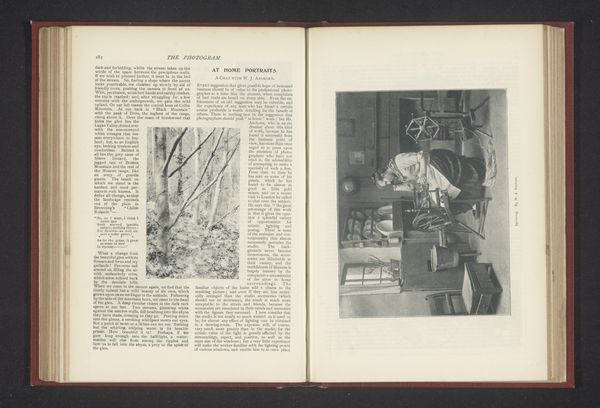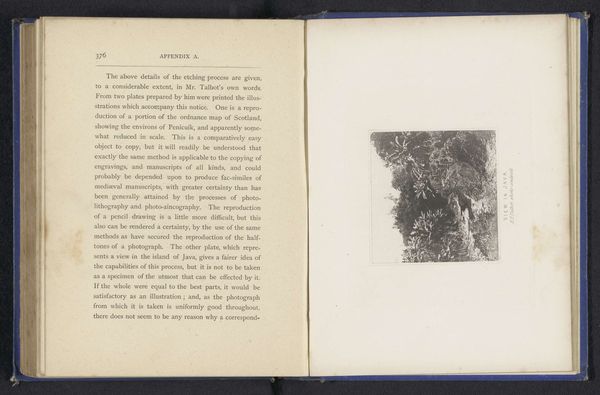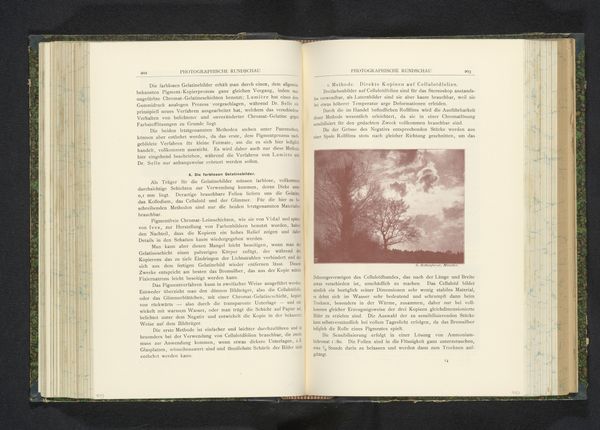
print, photography, gelatin-silver-print
#
portrait
# print
#
photography
#
gelatin-silver-print
#
symbolism
Dimensions: height 157 mm, width 84 mm
Copyright: Rijks Museum: Open Domain
Curator: This captivating photographic print is entitled “Portret van een onbekend meisje met bloemen,” or "Portrait of an Unknown Girl with Flowers," dating to before 1903. The work employs the gelatin-silver process. What's your immediate take on it? Editor: There's a striking ethereal quality. The soft focus and delicate rendering of the girl, adorned with blossoms, evokes a dreamlike, almost otherworldly presence. Curator: Indeed. Given its symbolism and soft aesthetic, we can see the artistic labor embedded in crafting a deliberate artistic experience and a particular type of feminine persona within the means of production. Photography at the time also had its own aesthetic hierarchies that separated professional labor, which the photographers tried to use for elevating it. Editor: I see how the artist plays with light and shadow to enhance the mood. Observe the subtle gradations within the black and white spectrum and the almost painterly texture of the silver gelatin. Its internal form and how this portrait adheres to certain established structures for portraits but plays up different notions of ethereal beauty are compelling. Curator: Absolutely. The photograph’s visual softness contrasts the precise and calculated act of creating this work through a very specific print process. This image seems to borrow from pictorialism's approach. I wonder if that informed artistic discussions surrounding class and mass-produced art at the time. What societal notions about art, labor, and artifice are at play? Editor: That contrast is fascinating, isn't it? There are some very deliberate formal techniques used to soften it and elevate the mood of the photo, but at the time photography still carried connotations with commercial printing processes that had begun emerging in industrial capitalism, the idea of a symbolic composition or theme, it challenges any strict definitions about art and representation. The arrangement, expression, all serve a purpose that transcends mere duplication. Curator: Agreed. It bridges high art with those nascent visual economies of photographic reproductions. What begins to materialize when looking more specifically at labor of women both in and outside the photo and artistic training at this time is also critical. Editor: Such nuanced perspective on the production of both photographic artworks and culture gives the eye much to appreciate, the material and compositional choices become really striking.
Comments
No comments
Be the first to comment and join the conversation on the ultimate creative platform.
